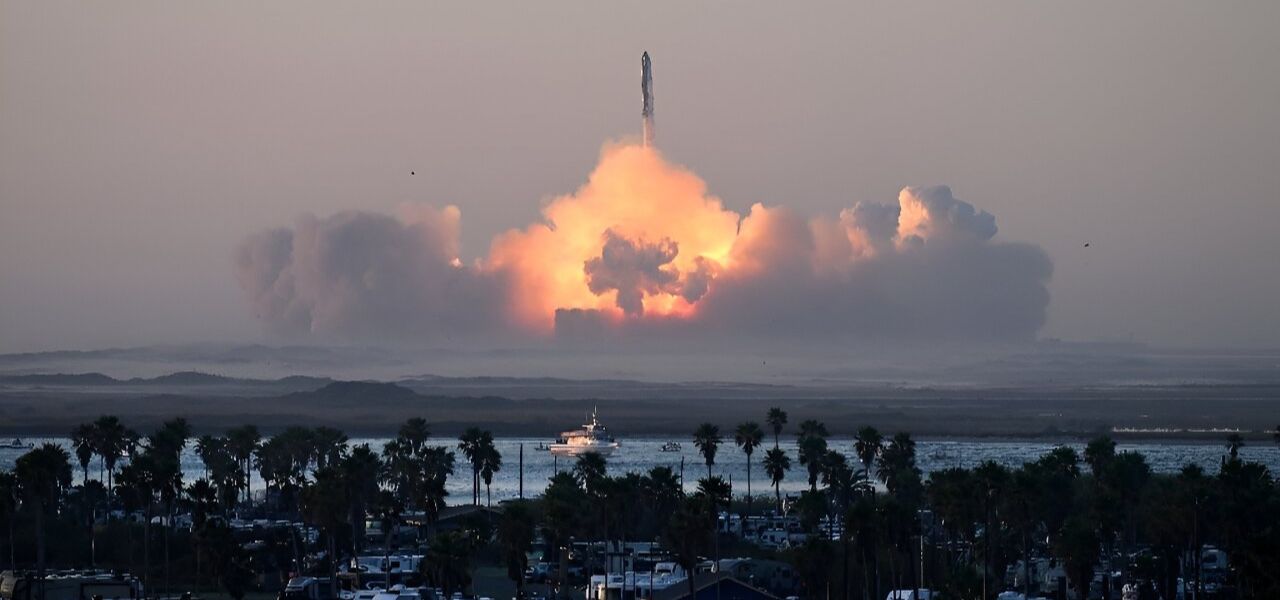It is believed that SpaceX’s uncrewed Starship spacecraft, which is designed to carry astronauts to the moon and beyond, failed to reach space minutes after reaching space for the first time on Saturday. This was Starship’s second test since its first attempt to reach space ended in an explosion earlier this year.
An unmanned 90-minute space flight took off from the Elon Musk-owned company’s Starbase launch site near Boca Chica in Texas, east of Brownsville. The rocket would have landed in the Pacific Ocean near Hawaii if it had been successful. It is hoped that the rocket will eventually be able to make a lap around the Earth, which could take about an hour and a half.
After about two and a half minutes of flight, SpaceX announced that it could not find a signal from the second stage, which it declared lost. As soon as the rocket lost its signal, it set off its self-destruction mechanism.
SpaceX’s second test flight was an improvement over its first test launch in April, when both stages exploded after four minutes. The first stage of the spacecraft, dubbed “Super Heavy” due to its 33 engines, had failed, resulting in both stages exploding.
This time, Super Heavy’s 33 engines lifted itself and the second stage – the rocket system, Starship – into space. This time, Super Heavy’s 33 engines lifted itself and the second stage – the rocket system, Starship – into space.
Read more: China Sends Their Youngest Ever Crew To Space As It Seeks To Put Astronauts On Moon Before 2030
In a public video, SpaceX engineer John Insprucker stated, “At this point, we do believe that the automated flight termination system on second stage appears to have triggered very late in the burn as we were heading downrange over the Gulf of Mexico.”
Insprucker omitted to mention what might have set off the termination mechanism. SpaceX has verified that there was an explosion on X, the social media site that Musk also owns and was once known as Twitter. The business describes this as “a rapid unscheduled disassembly.”
According to SpaceX, “success with a test like this comes from what we learn, and today’s test will help us improve Starship’s reliability as we seek to make life multi-planetary.”s


















